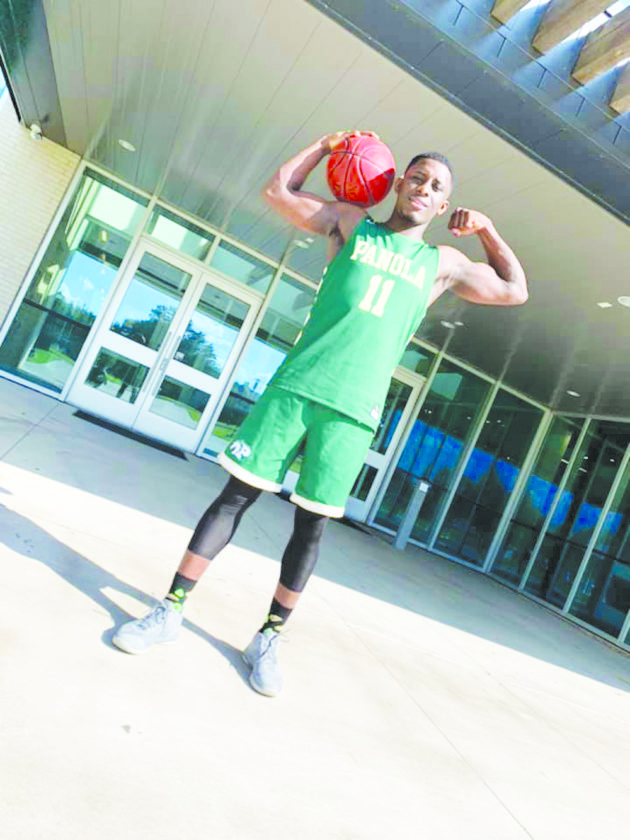By Fazeer Mohammed
His name alone was enough to attract attention.
Coming from a country considered for long to be on the very distant frontier of West Indies cricket, Anderson Montgomery Everton Roberts had to be exceptional to break new ground for the people of his home island of Antigua.
But it was not his raw pace, or those clever variations in the speed of his bouncers, or the growing list of batsmen he sent to hospital that first drew my attention to him. Nope; it was Andy Roberts the match-winning batsman, the cool, unemotional cricketer, who became my hero.
For a 10-year-old well on the way to being totally absorbed with the game, the first World Cup in 1975 came at just the right time. And it was in their second match of a memorable sun- blessed tournament that West Indies were rescued by a 64-run last-wicket partnership between wicketkeeper- batsman Deryck Murray and phenomenal fast bowler Andy Roberts, which took them to victory over Pakistan at Edgbaston.
So many years later, the moment when Roberts played Wasim Raja’s fourth delivery of the final over to midwicket for the winning run remains palpably fresh in my memory.
We, Trinidadians, obviously had a lot of faith in our compatriot Murray. But Roberts? From an island that not too many of us even knew existed? This fellow had to be someone special. Seeing that, as far as most of us myopic “big islanders” were concerned, the only cricketers of any worth came from Trinidad, Barbados, Jamaica, and Guyana.
Even before those heroics in Birmingham, Roberts had already gone a long way towards shattering the mould, harvesting a previously unheard of 32 wickets in India in 1974-75, his first full series. So, by the World Cup, he was already an established member of the side. He had left a trail of destruction the previous season in England, taking 119 first class wickets for Hampshire.
I had yet to see him in the flesh and he was already my favourite, especially after he destroyed Australia with 7-54 in the second innings of the Perth Test of 1975-76 series. Listening to the radio coverage in the dead of night, it seemed that even the commentators were in awe of this fast bowler who was leading our response to Dennis Lillee and Jeff Thomson.
The otherworldly feeling of our boys battling it out so very far away, not to mention being robbed blind by Australian umpires, made Roberts’s effort all the more heroic.
Watching the black-and-white television highlights a month later, by which time the series was already lost, took nothing away from the enjoyment of the spectacle.
There was no comparison, of course, to the silky smoothness of newcomer Michael Holding’s run-up. But Roberts was the man, exploding into his delivery stride and letting those no-good Aussies have it full blast. And it was his demeanour of a cold- blooded assassin — shoulders hunched, brooding and expressionless — that contributed to his intimidating aura. In an era when Clint Eastwood and Charles Bronson were lighting up the cinemas, Roberts was right up there with them, even if he had to wear white, and then that sissy pink during the days of Kerry Packer’s World Series Cricket.
Yet, behind that sullen exterior was a very proud man, not one preoccupied with propriety and diplomatic niceties, but a thoughtful fast bowler who, like most outstanding cricketers of his and earlier times, could identify the strengths and weaknesses of an opponent after just a few deliveries, and didn’t have to wait for the coach to point them out on his laptop after the day’s play.
It is said that Roberts had to be physically restrained after Tony Greig’s “grovel” remark ahead of the 1976 series in England. Out in the middle, though, there was no holding back. By uprooting the home captain’s off-stump before he had scored in his first innings of the series, Roberts let another lethal delivery do the talking for him, and for all of us back home who wanted to see the haughty South African suffer for his insensitivity.
Yes, there is a rejoicing in the ruthlessness, like when Peter Toohey, one of the few quality players in a weakened Australian side, dared to hook Roberts in the opening session of the 1977-78 series, at the Queen’s Park Oval. The sound of leather on bone as the batsman was caught almost flush between the eyes seemed to reverberate around the ground. No one likes to see someone get hurt, but if you want to take on the finest fast bowler of the day on a rain- affected pitch, then brace for the consequences.
Next morning, the front page of a local newspaper showed Toohey just about semi-conscious, blood trickling down his face, Viv Richards cradling his body and waving to the pavilion for assistance. And just on the perimeter of the shot, there was Roberts, back to the camera, leaning over for a closer look.
I cherish the memories, and wait and hope for his kind to come this way again. (Cricinfo)
There was no comparison, of course, to the silky smoothness of newcomer Michael Holding’s run-up. But Roberts was the man, exploding into his delivery stride and letting those no-good Aussies have it full blast. And it was his demeanour of a cold- blooded assassin — shoulders hunched, brooding and expressionless — that contributed to his intimidating aura. In an era when Clint Eastwood and Charles Bronson were lighting up the cinemas, Roberts was right up there with them, even if he had to wear white, and then that sissy pink during the days of Kerry Packer’s World Series Cricket.


Comments are closed.